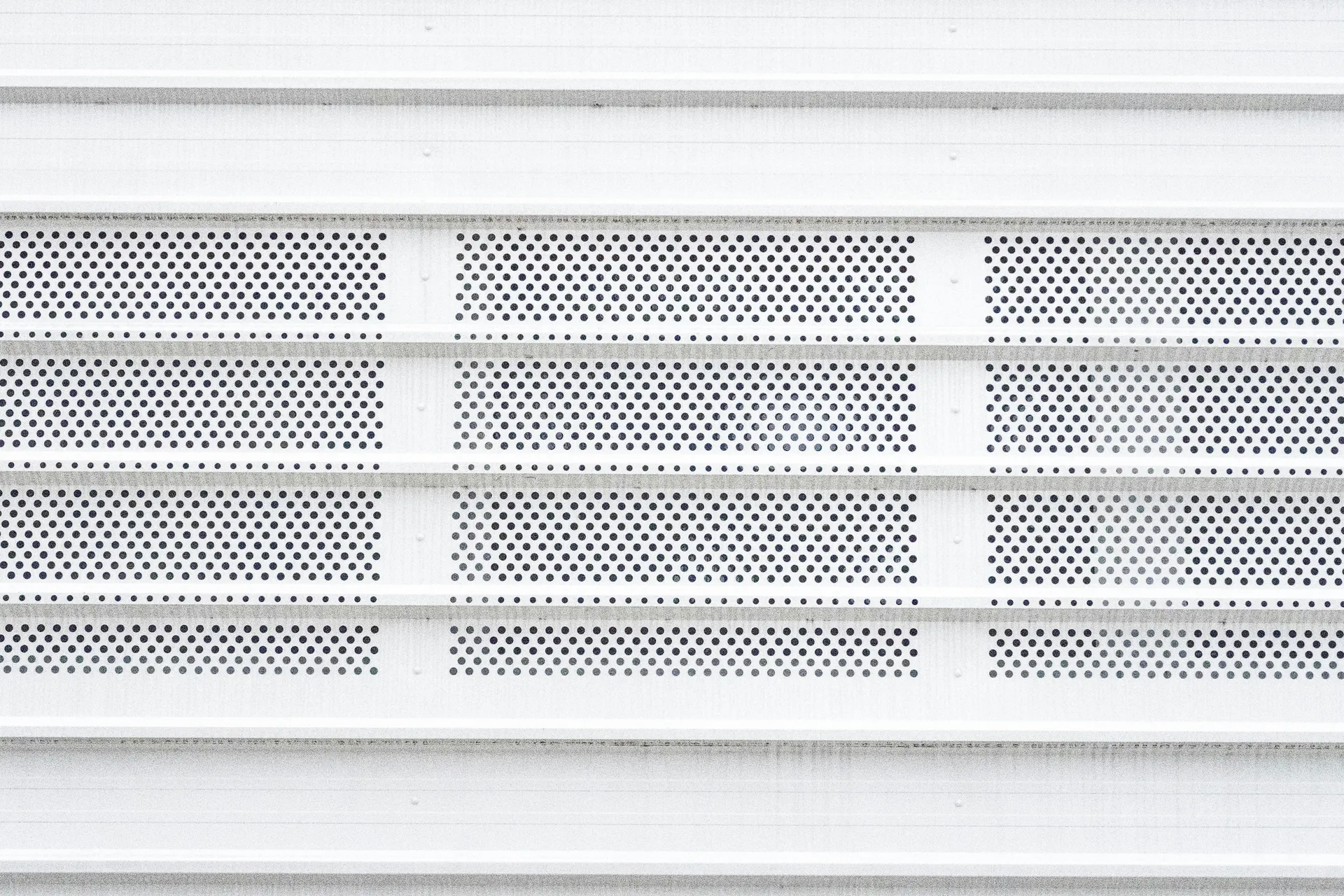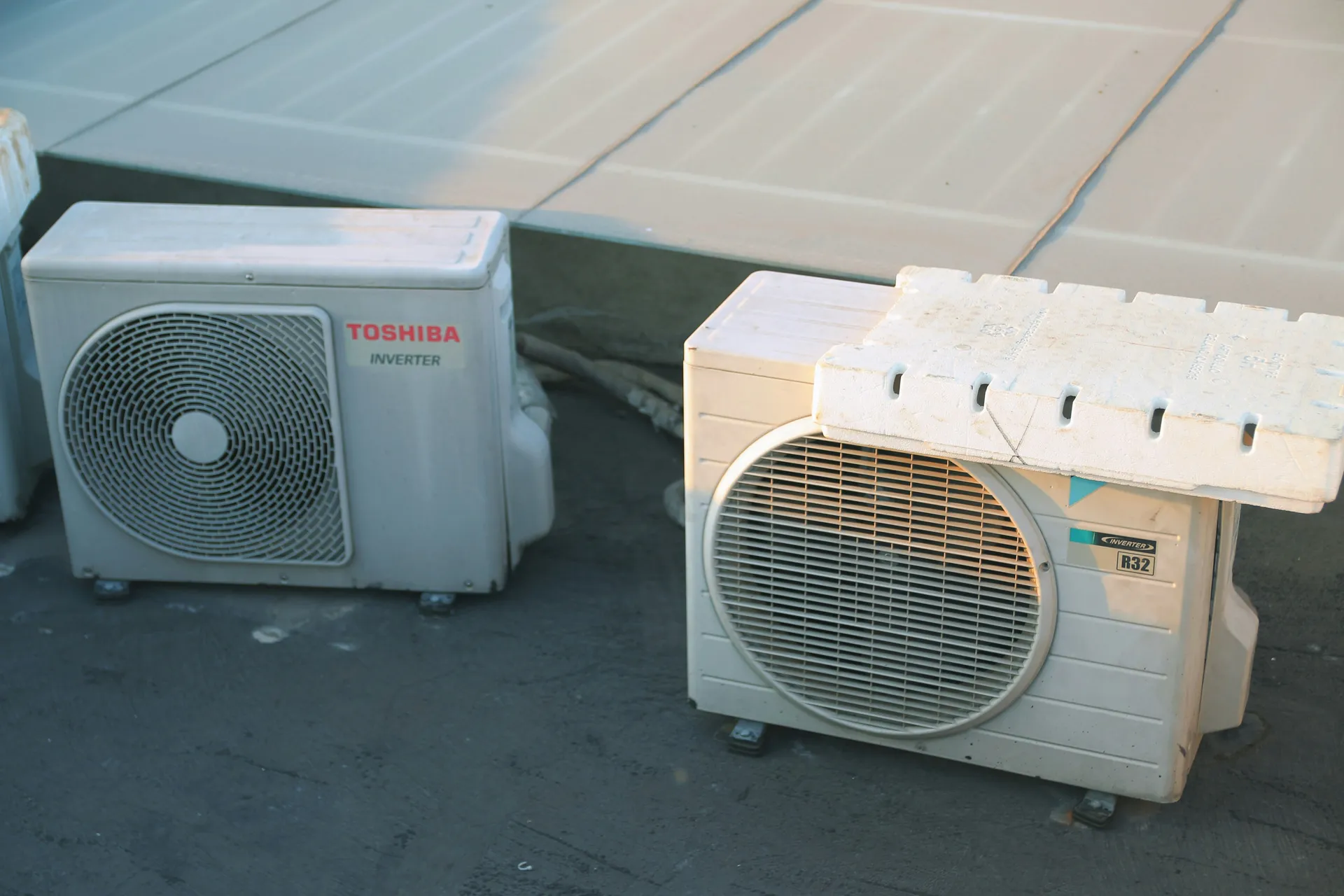
Cost to Replace AC Unit in 2025: A Detailed Price Breakdown
Replacing your air conditioning unit is a major home investment, and the first question on every homeowner’s mind is: “How much is this going to cost?” As an HVAC technician, I can tell you there’s no single price tag. But a lack of a simple answer doesn’t mean you have to be in the dark. This guide will provide realistic 2025 price ranges and, more importantly, break down every factor that influences your final quote.
Key Takeaways
- The National Average: Expect the total installed cost to replace a central AC unit to be between $8,500 and $12,500 for the most common sizes.
- Size and Efficiency are Key: The unit’s tonnage (size) and SEER2 rating (efficiency) are the two biggest drivers of equipment cost.
- The “5000 Rule”: Use this simple formula (Repair Cost x AC Age > $5,000) to help decide if a replacement is more cost-effective than another expensive repair.
- Ductwork Matters: The condition of your existing ductwork can significantly add to the project’s final cost if repairs or replacements are needed.
Calculate Your AC Replacement Cost: Use our free AC replacement calculator to get an instant estimate based on your home size, efficiency needs, and location.
AC Replacement Cost at a Glance (2025 Averages)
This table provides a realistic starting point for budgeting. It shows the national average cost for a new central air conditioner unit and the “all-in” installed cost, which includes labor, materials, and removal of the old unit.
Central AC Replacement Cost by Unit Size (Tonnage)
| Unit Size (Tonnage) | Average Equipment Cost | Average Installed Cost (All-In) |
|---|---|---|
| 2 Ton | $3,500 - $5,000 | $7,000 - $10,000 |
| 3 Ton | $4,000 - $6,500 | $8,500 - $12,500 |
| 4 Ton | $4,500 - $7,500 | $10,000 - $14,000 |
| 5 Ton | $5,000 - $9,000 | $11,000 - $16,000+ |
Note: These are national averages for standard efficiency (14-16 SEER2) units. Prices can vary significantly based on the factors discussed below.
💰 Get Your Custom AC Replacement Quote
The table above shows averages, but your actual cost depends on your specific situation. Our AC replacement calculator factors in:
- ✓ Your exact home size and cooling needs
- ✓ Local labor costs in your area
- ✓ Energy efficiency options and potential savings
- ✓ Available rebates and incentives
7 Key Factors That Determine Your Final Cost
Your final quote is a combination of these seven elements. Understanding them is how you gain confidence in your conversations with contractors.
1. Unit Size (Tonnage)
An AC’s “size” is measured in tons, but it’s about cooling capacity, not weight. One ton equals 12,000 BTUs of cooling power. A bigger house needs a bigger unit, but “bigger” isn’t always better. An oversized unit will cool too quickly and shut off, a process called short-cycling, which fails to remove humidity and wears out the system. A proper “Manual J” load calculation by your contractor is essential to determine the correct size for your home.
2. Energy Efficiency (SEER2 Rating)
SEER2 (Seasonal Energy Efficiency Ratio 2) is the standard for measuring AC efficiency. The higher the number, the less electricity the unit uses.
- Builder-Grade (14-16 SEER2): Meets federal minimums, lower upfront cost.
- High-Efficiency (17-22+ SEER2): Higher upfront cost, but lower long-term electricity bills. The savings can be significant over the unit’s 15-year lifespan.
3. Brand and Quality Tier
Like cars, AC units have different tiers.
- Premium Brands (e.g., Carrier, Trane): Often have higher costs, proprietary features, and robust warranties.
- Standard/Value Brands (e.g., Goodman, Rheem, Rudd): Offer excellent reliability at a more competitive price point. The quality of the installation is always more important than the brand name on the box.
4. Ductwork Condition
This is the hidden cost variable. Your ducts are the lungs of your HVAC system. If they are leaky, poorly insulated, or improperly sized for a new, more powerful system, you’ll need to invest in repairs or replacement. This can add $1,000 to $4,000+ to the project.
Alex’s point on ductwork is crucial. From a building science perspective, installing a high-efficiency AC unit connected to leaky, uninsulated ducts is like putting a V8 engine in a car with flat tires. You’re wasting a huge portion of that efficiency. A proper AC replacement should always include a basic ductwork assessment.
5. Labor and Installation Complexity
Where the unit is installed matters. A simple swap-out in an accessible basement costs less than a complex installation in a tight attic that requires new wiring or refrigerant lines.
6. Geographic Location
Labor rates vary dramatically across the country. Installation costs in high-cost-of-living areas like California or the Northeast will be significantly higher than in the Midwest or South.
7. Permits and Local Codes
Your contractor must pull a permit for an AC replacement. This ensures the work is done to code and inspected. Permit fees typically add $250 to $500 to the total cost.
How to Hire a Reputable HVAC Contractor
The quality of the installation is just as important as the brand of the unit you choose. A top-of-the-line air conditioner installed incorrectly will fail prematurely and never reach its stated efficiency. Use this checklist to vet potential contractors.
HVAC Contractor Vetting Checklist
The Decision Point: Repair vs. Replace
How do you know when it’s time to stop repairing and start replacing? Use these two industry rules.
Key Decision-Making Rules
Final Thoughts: Get Your Personalized AC Replacement Estimate
Understanding the factors that drive AC replacement costs empowers you to make informed decisions and have productive conversations with contractors. Remember, the lowest quote isn’t always the best value—quality installation and proper sizing are crucial for long-term satisfaction and efficiency.
Ready to Plan Your AC Replacement?
Our smart calculator helps you understand the true cost of AC replacement, including potential energy savings and available rebates in your area.

